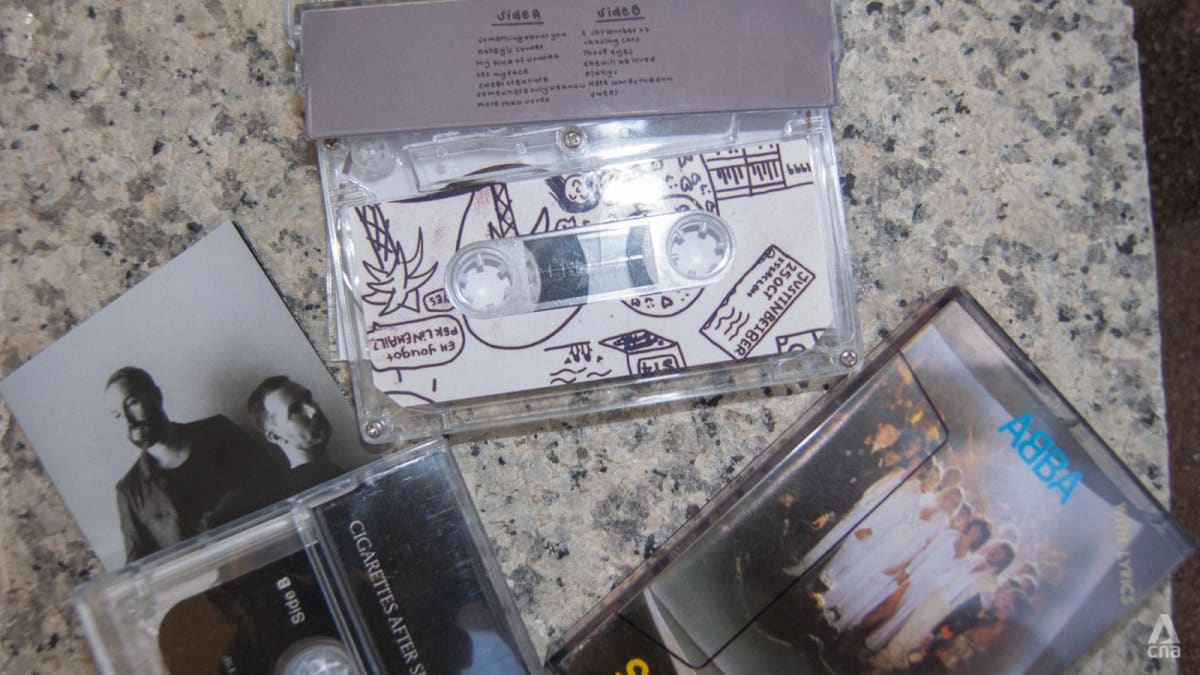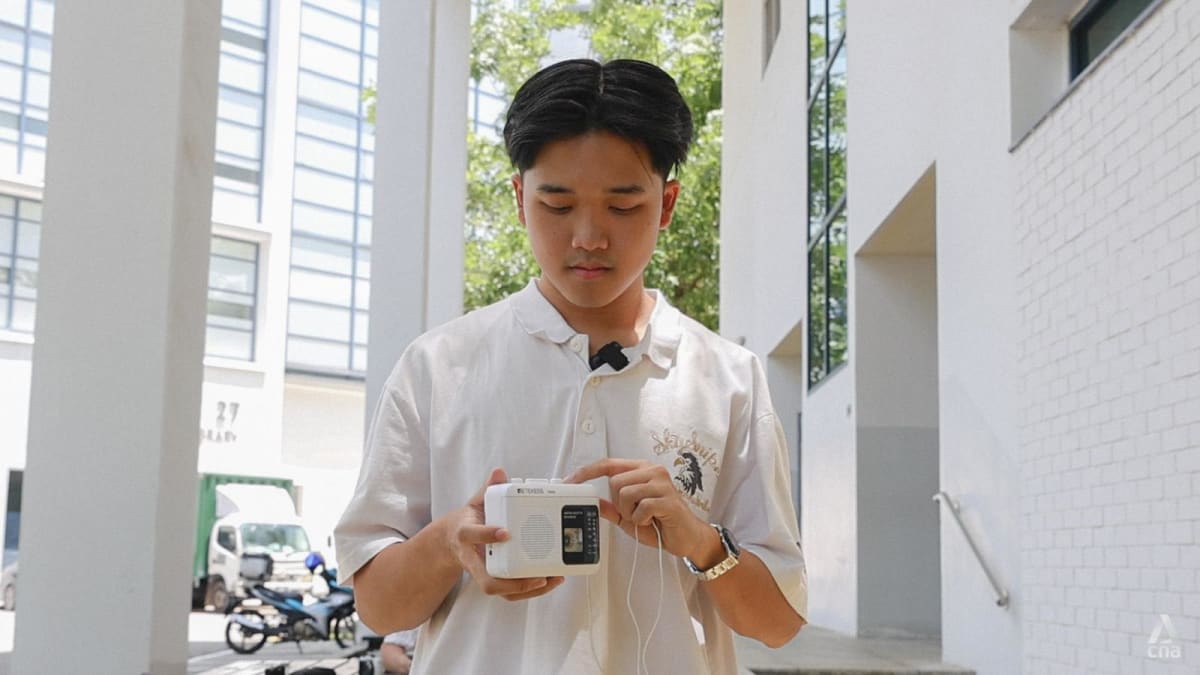From Tamagotchi to cassette players, Gen Zers and millennials can't get enough of these retro gadgets
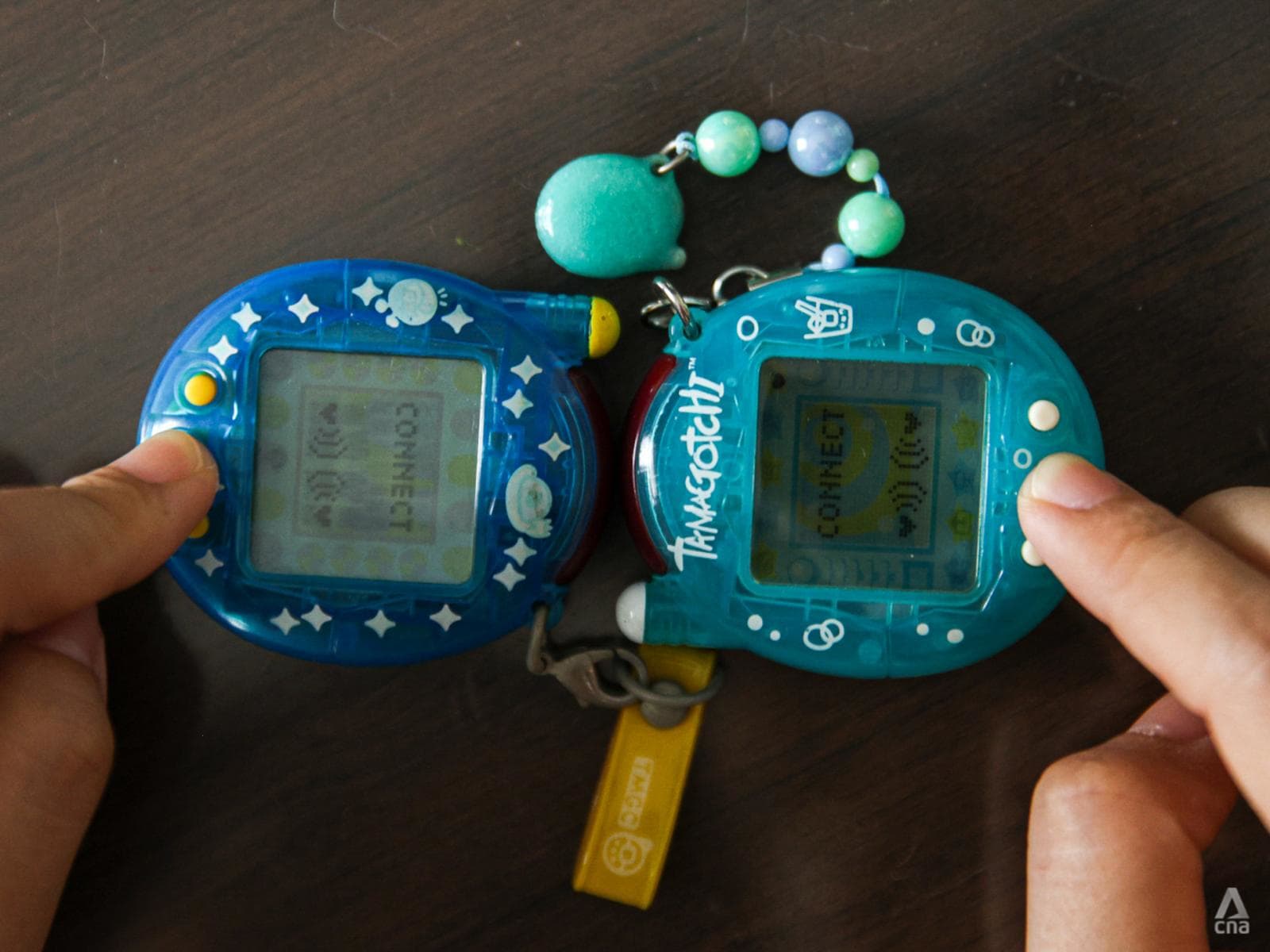
Ms Rachel Liew connecting two vintage Tamagotchi Connection Version 3 devices via infrared technology. (Photo: CNA/Nuria Ling)
It was a game from Japan that became a rage in the 1990s, with people glued to a round-shaped gadget where they had to feed, clean and give some tender loving care to a virtual pet they "hatched" or else it will die.
Tamagotchi, the game and "handheld toy", also created a stir because it was deemed disruptive, with players obsessed with minding and tending to a cyber creature at every beep and notification from the bright and colourful device, to the detriment of their studies and other real-life activities.
Most of the children and adults who had played Tamagotchi may have outgrown it by now, but the game is not dead.
It has launched a comeback, captivating the interest of a new generation of digital natives and reviving the interest of some hardcore fans who had grown up with the game.
Ms Rachel Liew, 34, a human resource trainer, was one of those who had played with a Tamagotchi pet as a child. She said: “To me, Tamagotchi is not a toy. It’s more like a companion."
“It’s like a friend or a pet that is constantly sticking by your side and giving you that emotional support.”
Ms Liew started collecting the toy in 2013 and now has 180 of them in her possession.
Some of her rare Tamagotchi devices are even on loan to the National Museum of Singapore for an ongoing exhibition.
This weekend, In Pixels looks at some retro gadgets from the 1990s owned by three collectors, to find out why some millennials (also known as Generation Y, born between 1981 and 1996) and Gen Zers (born from 1997 onwards) are keeping them humming.
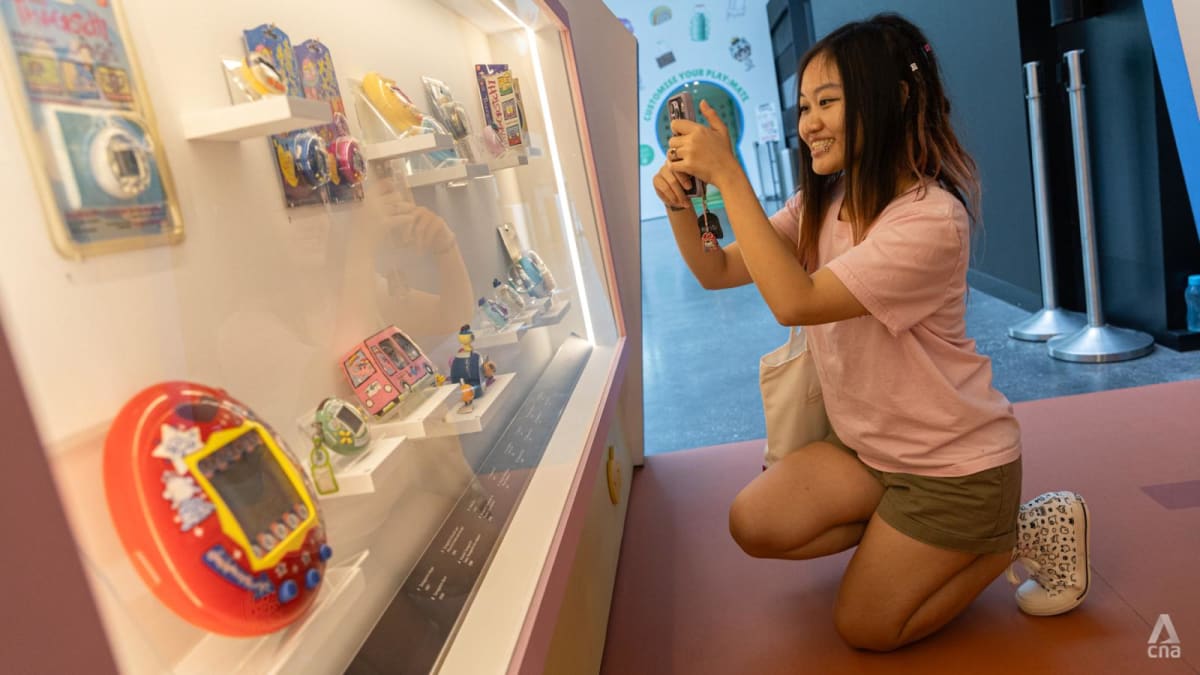
THE ORIGINAL DIGITAL PET
Like many millennials who wanted a Tamagotchi toy as a child, Ms Liew got her first virtual pet at seven years old because a real pet would be, in her parents’ words, “too much responsibility”.
“I still remember carrying it everywhere, even to church,” she said.
“My mum would take it with her and help me take care of it during school hours and return it to me after school.”
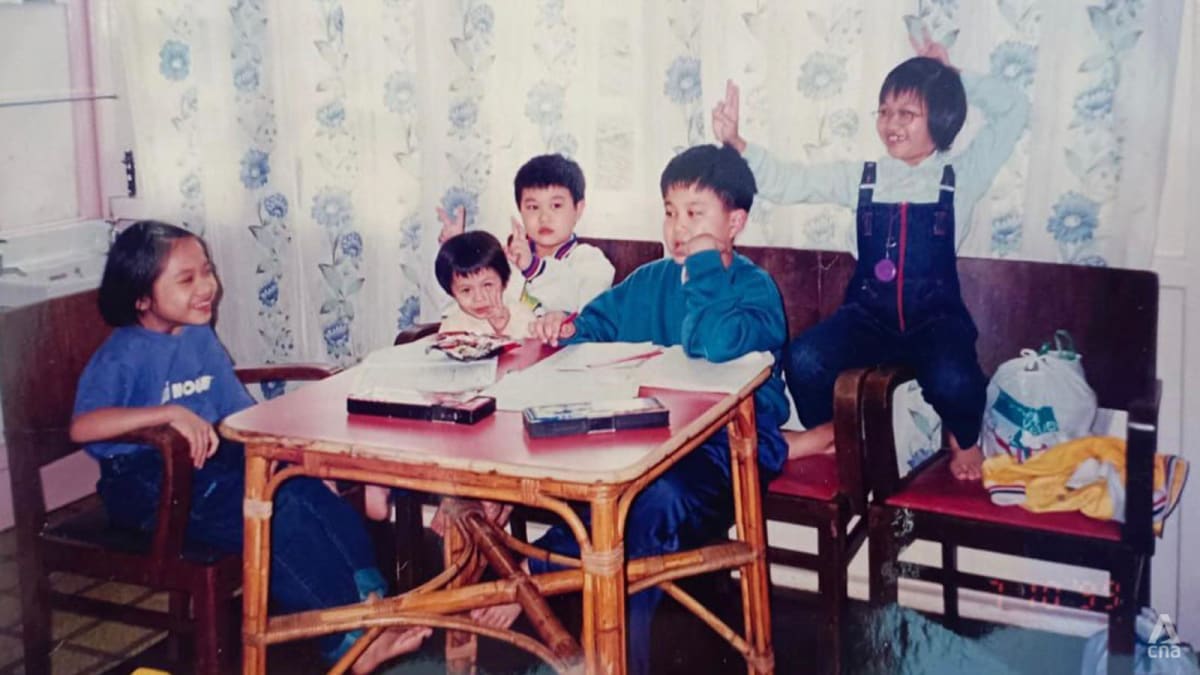
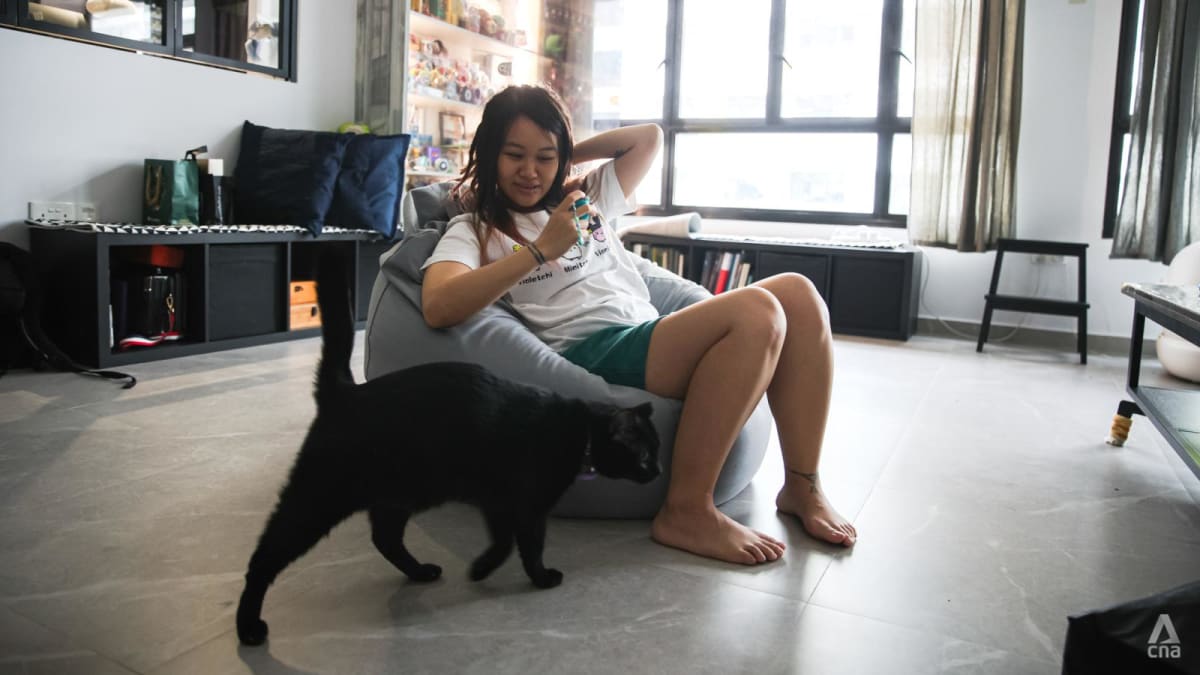
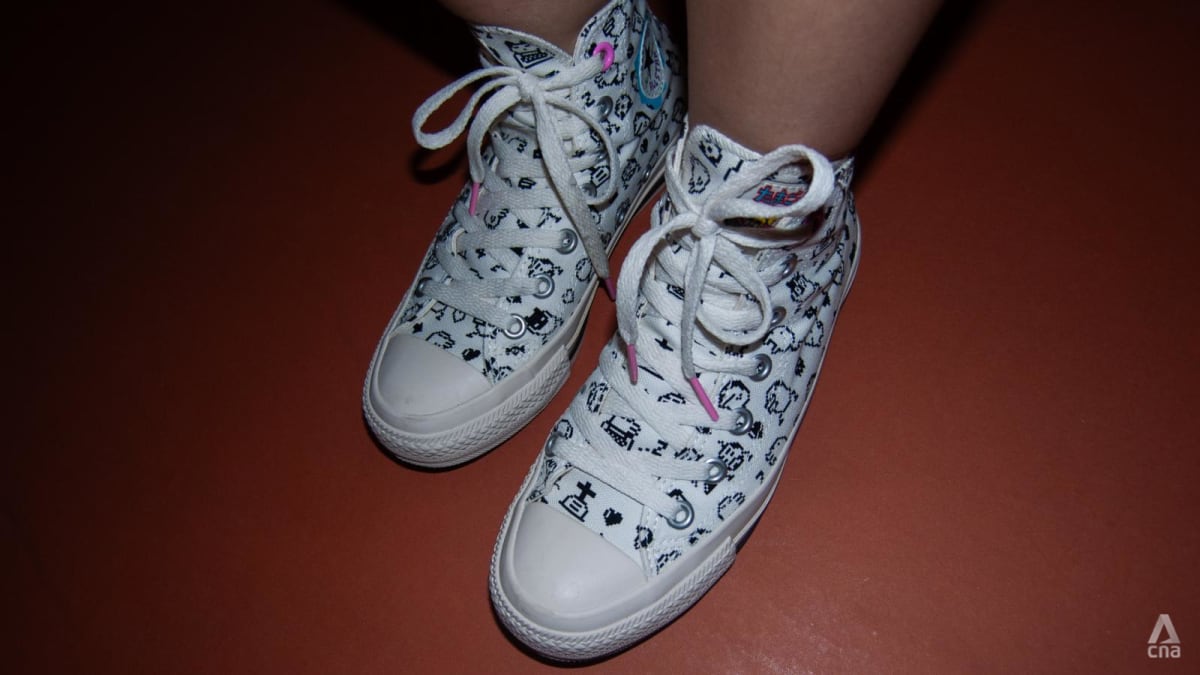
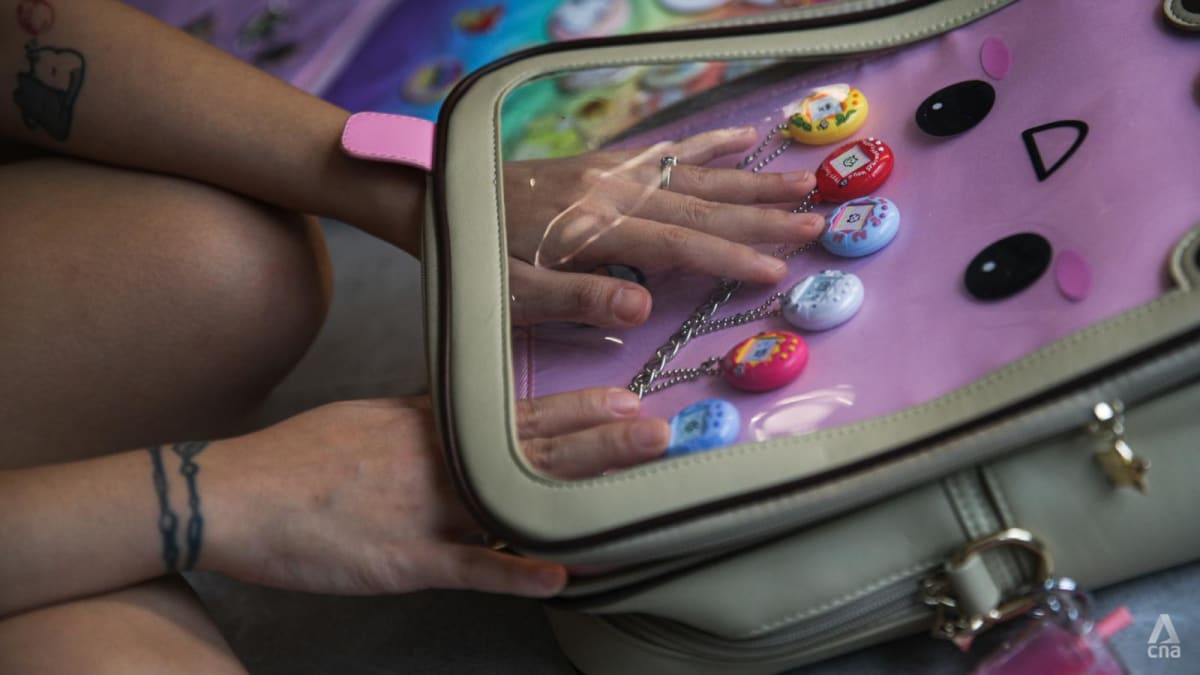
Ms Liew's love for Tamagotchi was rekindled when she started working and could afford to buy her own toys.
Over the years, she has spent around S$6,000 to S$7,000 on her collection but she estimates that it is now worth three times more.
For instance, a S$50 Tamagotchi she bought in a toy store in Singapore in 2011 comes with a full-colour screen and is now selling for as much as S$400 online.
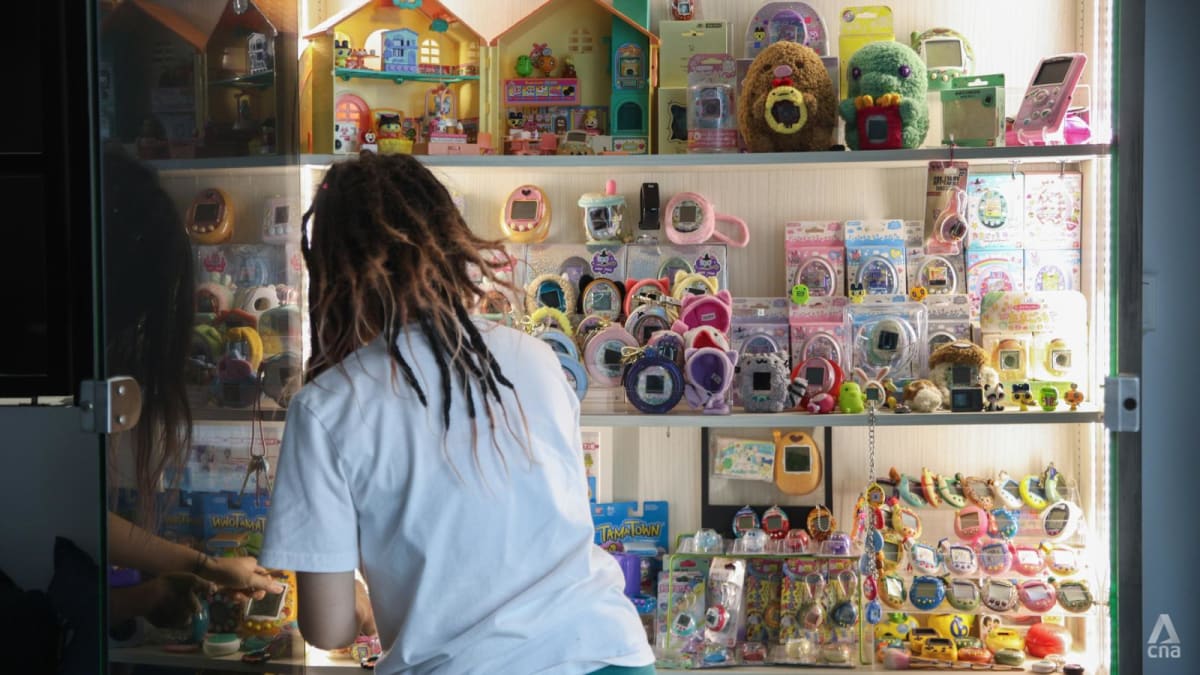
The game, first launched in 1996, is not just for collectors.
British news channel BBC reported that global sales of Tamagotchi more than doubled between 2022 and 2023.
The gadget is sold at several of the major toy stores in Singapore.
Bandai Namco, the company behind the toy, released exact replicas of the first generation of Tamagotchi in 2017, as well as other vintage models over the years.
Rare versions that are out of production have become collectors' items that can fetch hundreds of dollars. They are sold online on auction sites such as eBay, Tamagotchi trading groups on Facebook or on platforms trading secondhand goods.
The newest versions of the Tamagotchi have extra features such as a full-colour screen, Wi-Fi connection and the option to “purchase furniture” to design your Tamagotchi’s room.
More than just collecting the gadgets, Ms Liew has turned her hobby into a side hustle.
She has sold handmade crochet cases for the devices and is now designing pouches made of polyurethan leather, a synthetic material.
Ms Liew said that every month, she sells more than 50 of these pouches, which are manufactured in China, and 90 per cent of her customers are from overseas.
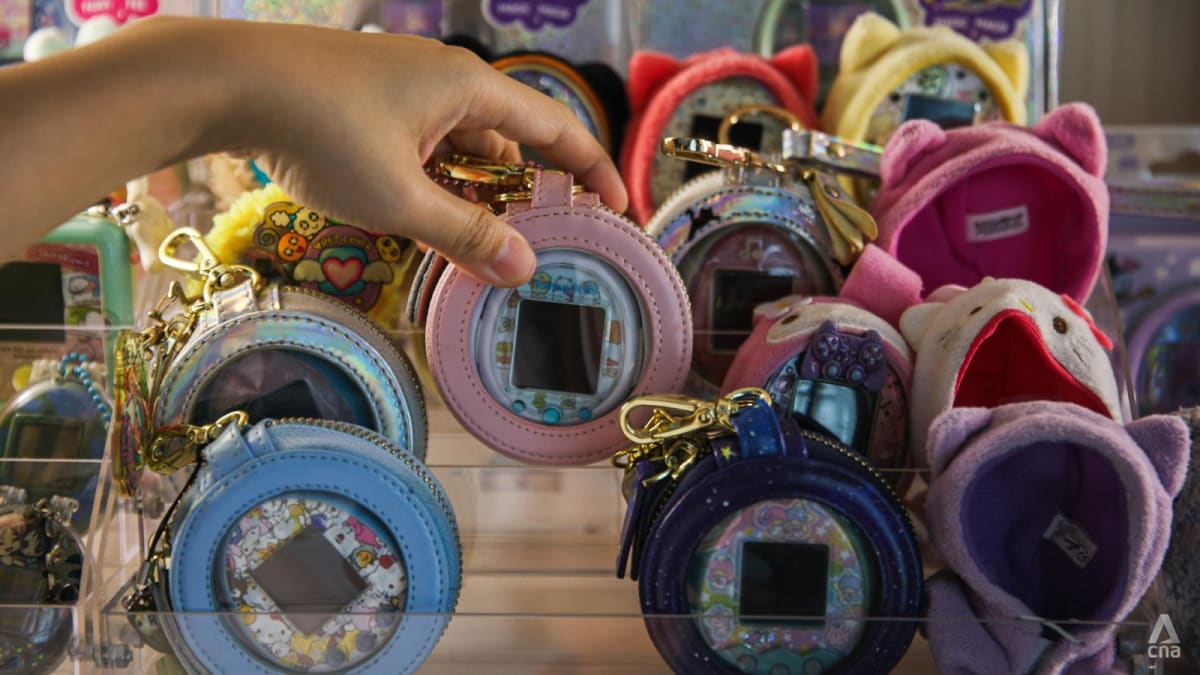
ONE MAN’S TRASH, ANOTHER MAN’S TREASURE
Stepping into 21-year-old Marco Zeng’s bedroom is like walking into a boy’s dream toy store.
There is a wall stacked floor to ceiling with unopened boxes of new figurine toys.
Hot Wheels and Matchbox cars in their original packaging are evenly placed across a ceiling beam that goes around his room. Pokemon plush toys sit under a window ledge.
But what really stands out is the bulky 20-inch CRT (carthode-ray tube) television set, which he salvaged from an elderly neighbour for S$20, that sits near the entrance to the room.
The student at private educational institute PSB Academy has been playing video games such as Tomb Raider, Gran Turismo and NBA In The Zone on the television set.
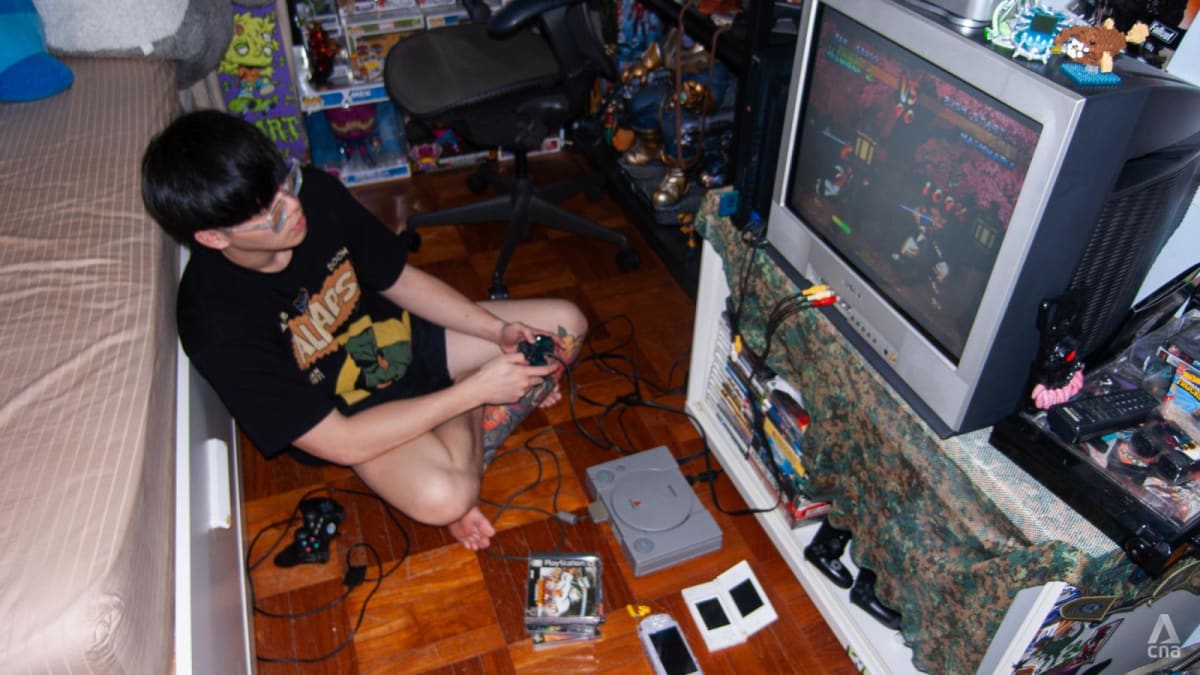
Mr Zeng who was born in the 21st century does not know life without computers, smartphones and the internet.
Yet, he has amassed and owns video game devices from the 1990s and he speaks of them with pride.
His collection includes the Sony PlayStation 1, a dual-screen Nintendo DS, a PlayStation Portable (PSP), an Xbox 360 and a few plug-and-play game controllers.
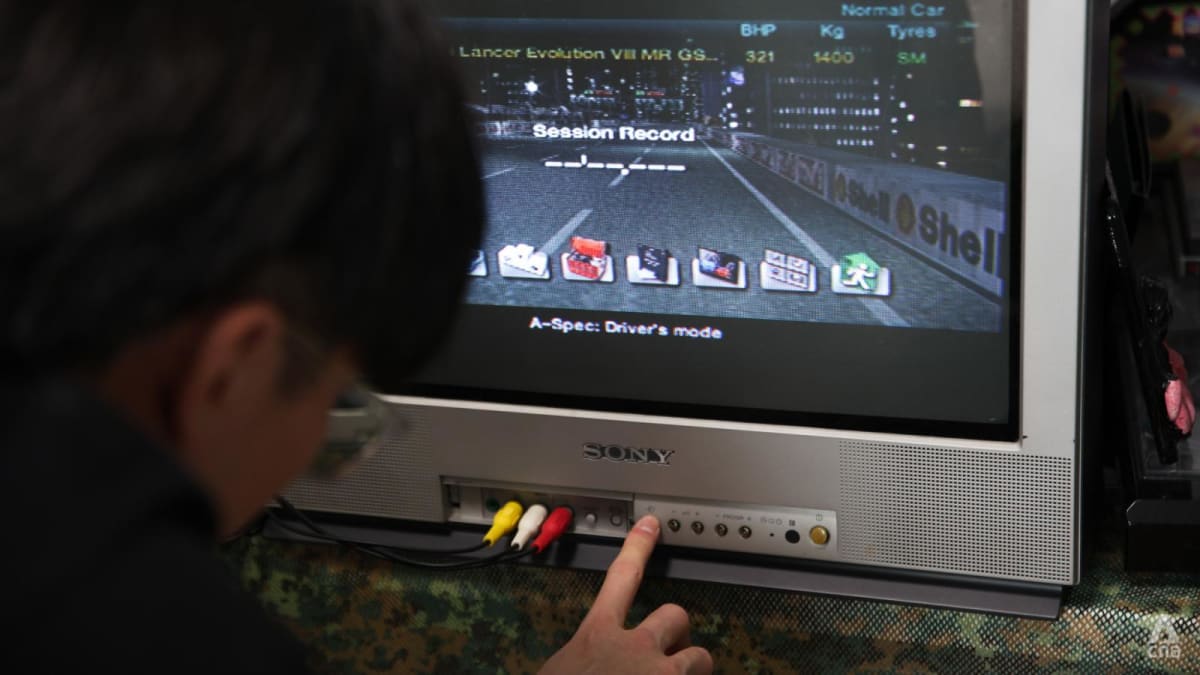
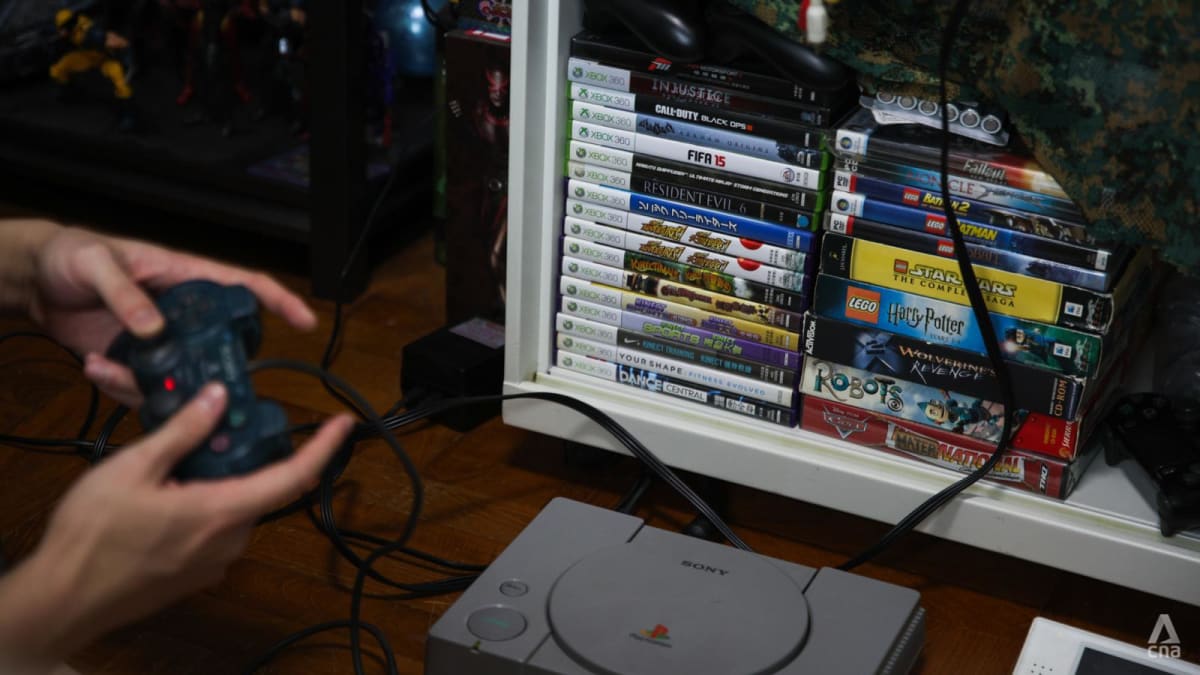
Mr Zeng's interest in collecting retro video games started three years ago, after a chance discovery of his forgotten 15-year-old PSP console that was in the house.
He said that he was drawn to the lower resolution graphics and simple sound effects of these vintage games.
The games are an “escape” now for Mr Zeng, who spends up to six hours a day playing them several times a week.
“I really just travelled back (in time) ... They’re not refurbished, everything was really from that time."
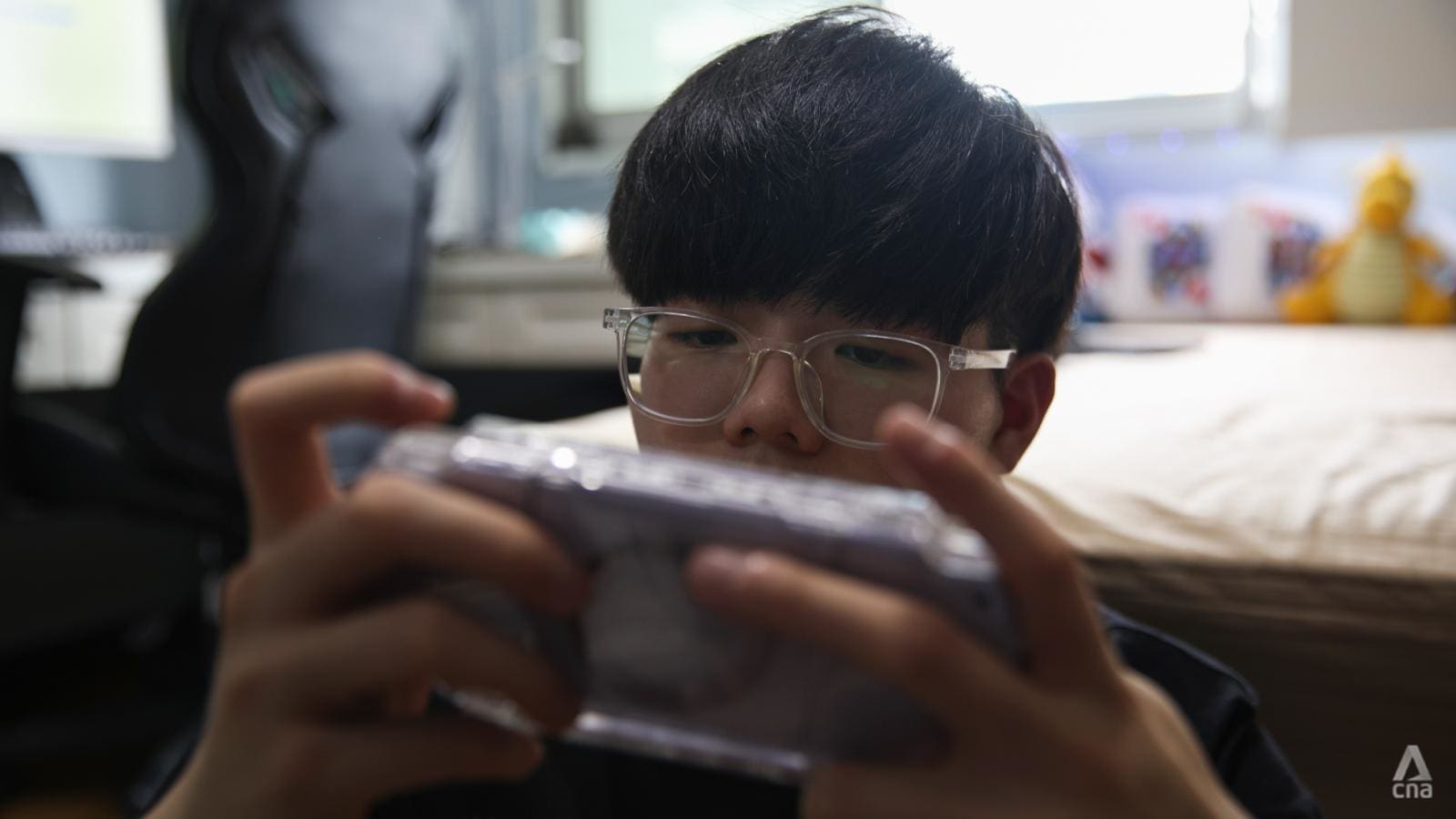
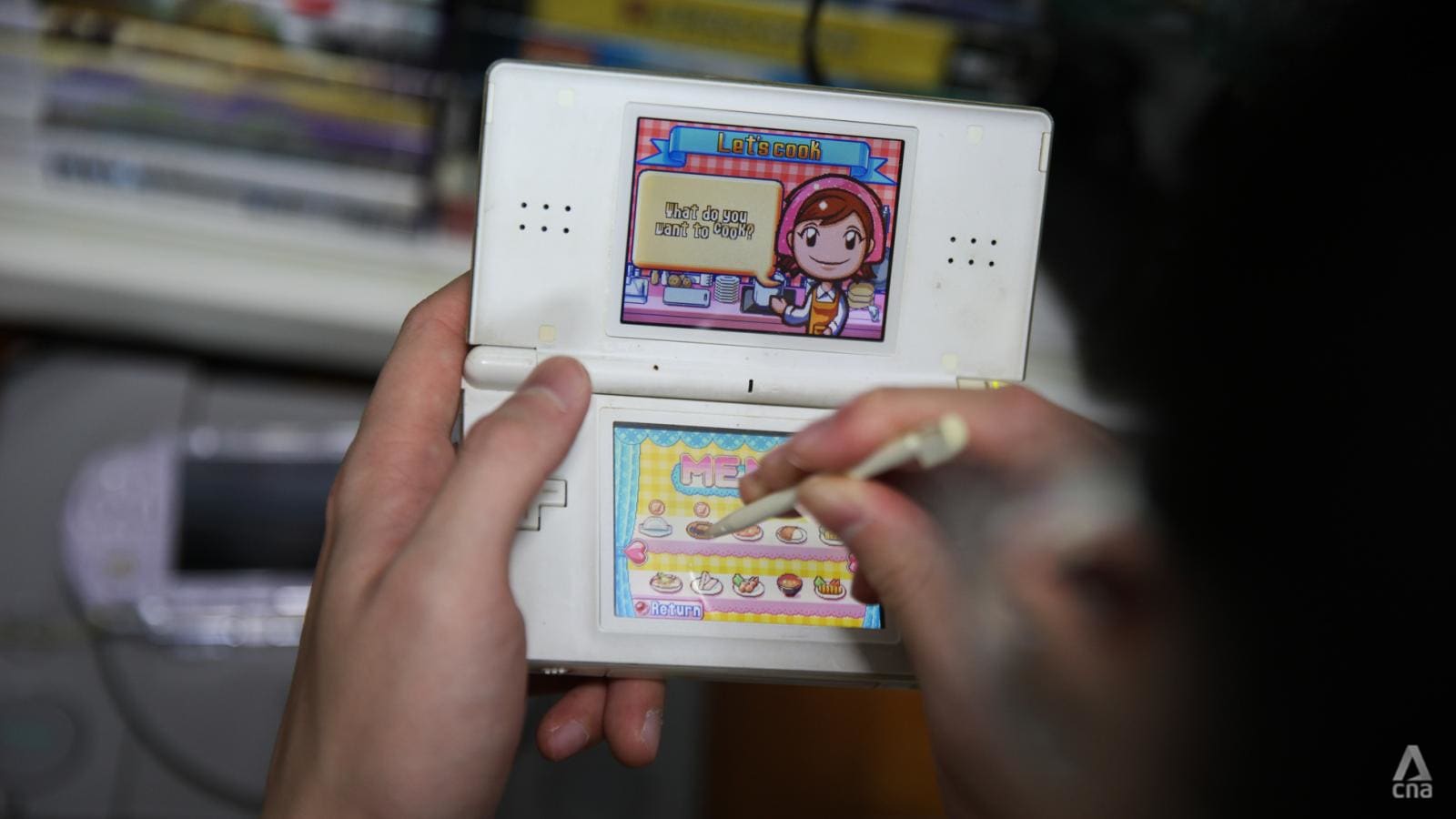
To date, Mr Zeng has spent about S$200 on his video game collection.
Many of the items were given to him by friends and family for free, while others were bought at a bargain on secondhand trading sites.
“One man’s trash is another man’s treasure. This is a treasure to me,” he said as he brought out a set of PlayStation 1 discs that he scored for 50 cents a piece from a seller on e-marketplace Carousell.
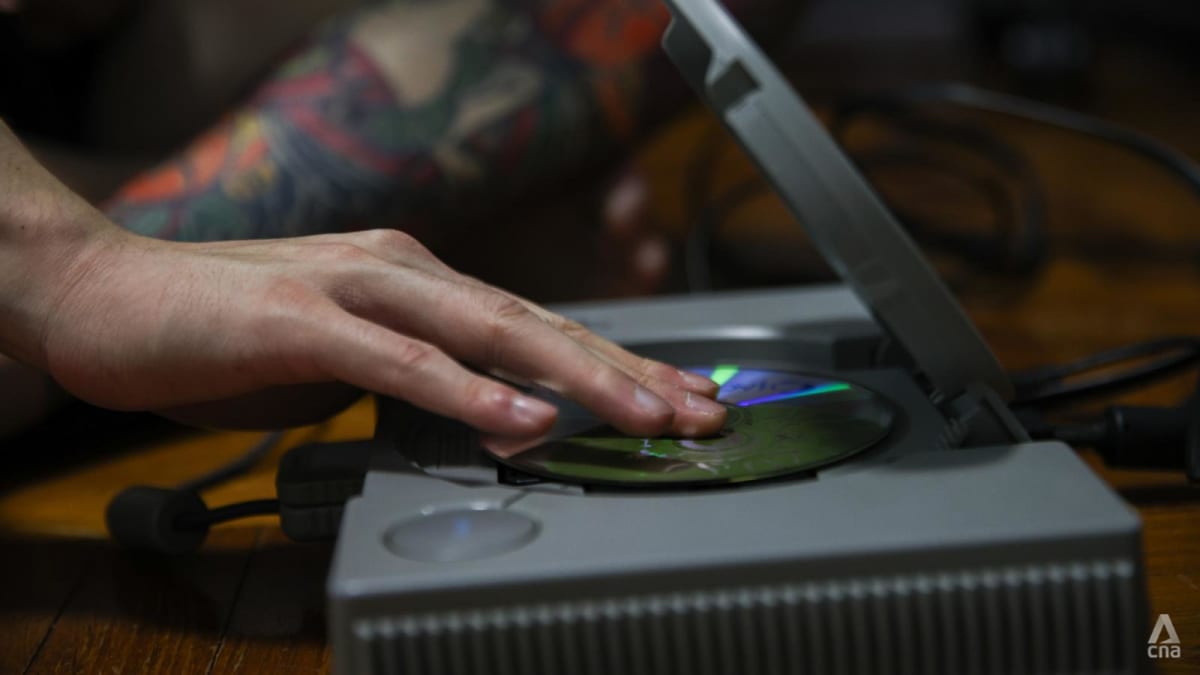
REWIND IN TIME
In this age of Spotify and YouTube where one may easily search for a piece of music in seconds, 20-year-old Isaac Loh is bucking the norm.
The Temasek Polytechnic student prefers to listen to music on a cassette player.
“I am very curious to hear what our parents heard. I am going back in time,” he said.
Mr Loh’s love for this vintage form of music player started when his 20-year-old girlfriend gave him a portable cassette tape player and a "mix tape" of some of their favourite songs in 2023.
That one mix tape has since grown to a collection of 20 cassette tapes, consisting of secondhand ones he had sourced from flea markets in Europe, Malaysia, Singapore and Thailand, as well as newly released albums from artistes such as Lana Del Rey and Radiohead.
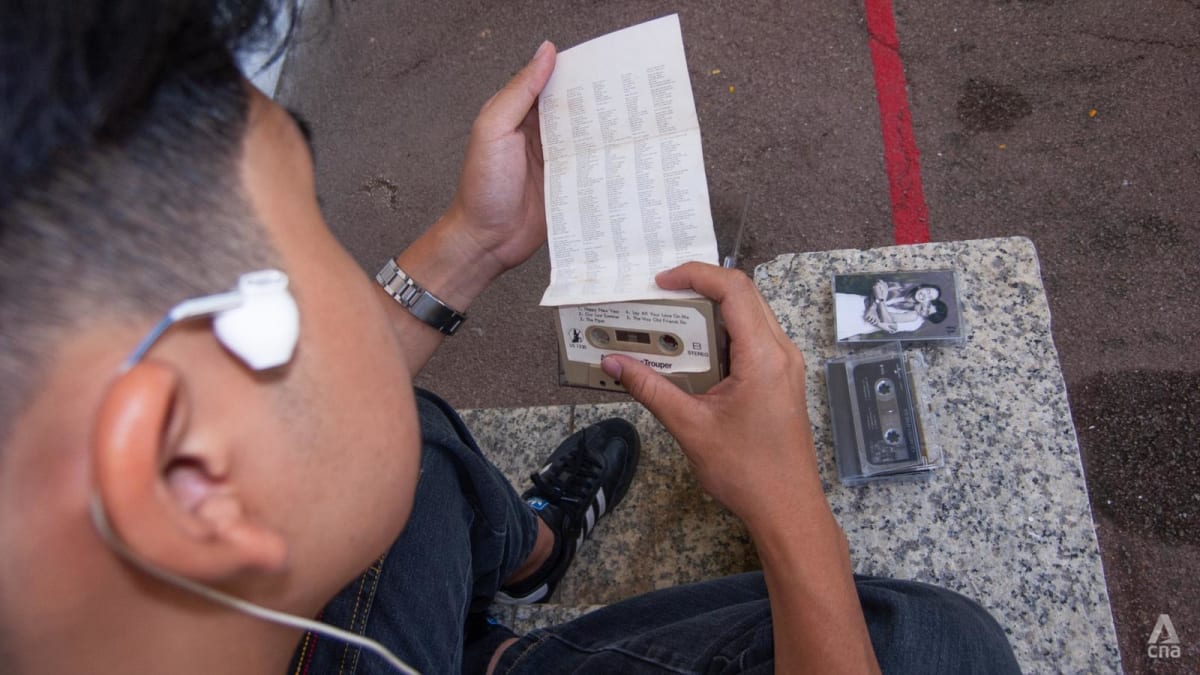
The Wall Street Journal, referring to data tracker Luminate, reported that more than 430,000 cassettes tapes were sold in the United States last year, about five times the number compared with nearly a decade ago.
Fuelling the trend are current-day pop artistes such as Arctic Monkeys, Billie Eilish and Taylor Swift who have released new albums on cassette tapes.
Mr Loh said that he usually leaves his cassette player at home, treating it as something special.
He takes it out on days when he wishes to "slow down a little".
"Usually when I want to escape from using my phone and not be chained to social media, I would take the cassette player out and go to a park, plug in an earpiece. I would say it takes me away from a lot of distractions."
